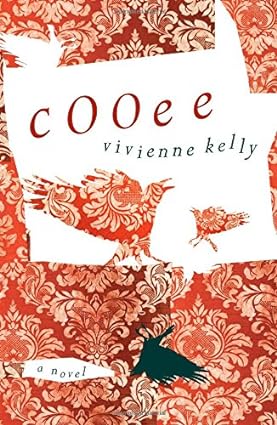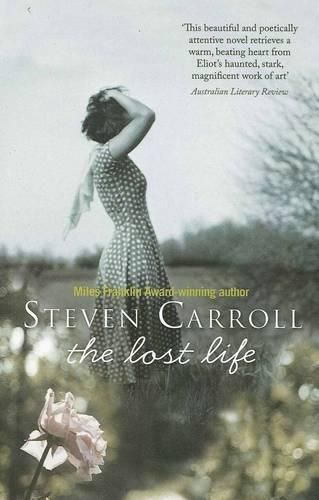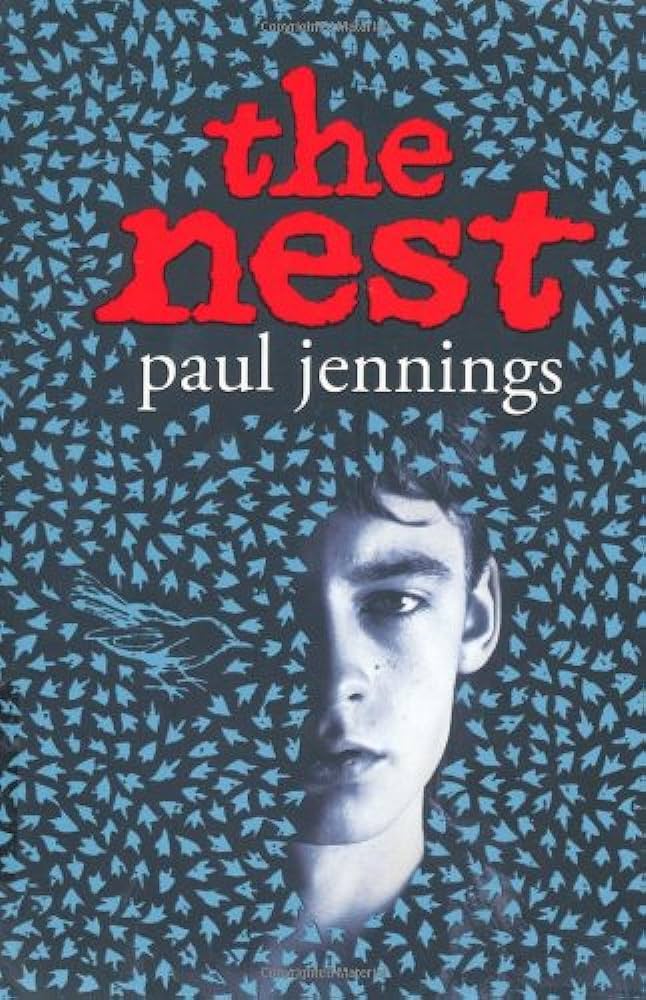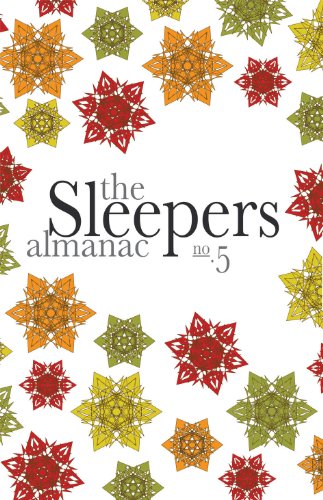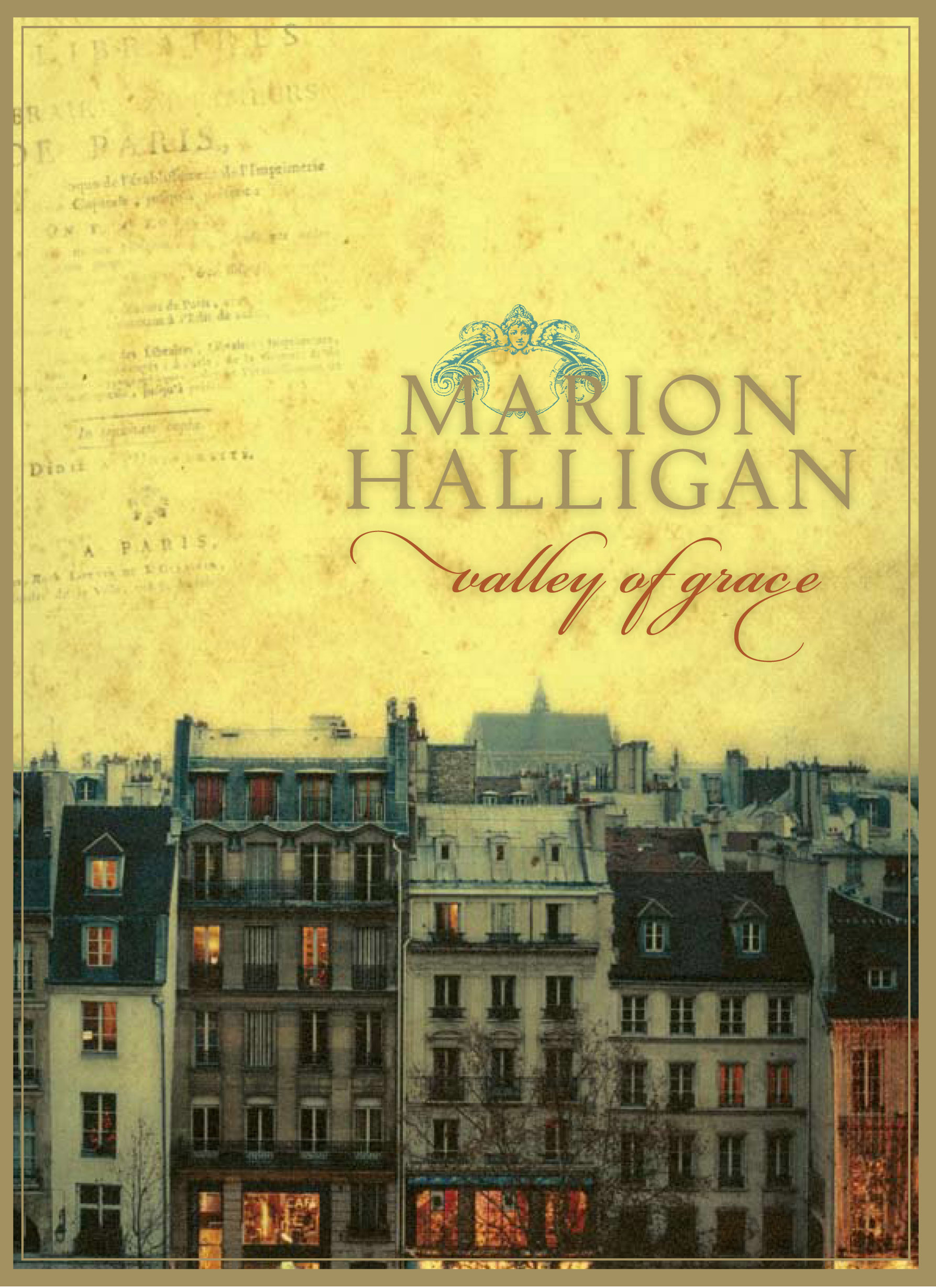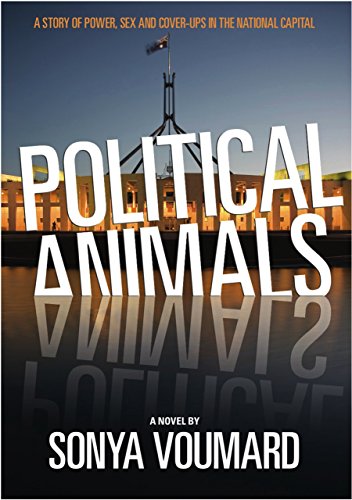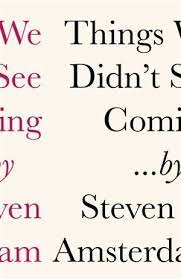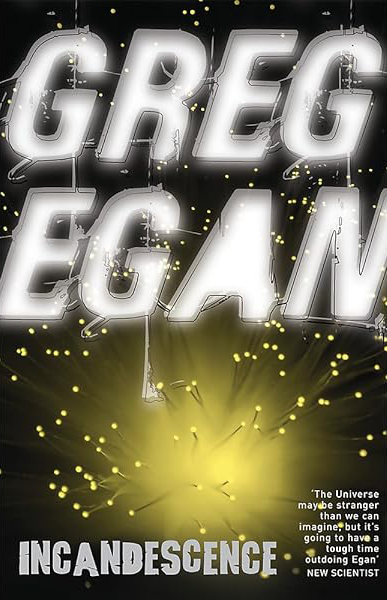Fiction
Vivienne Kelly’s short story ‘Passion Fruit’ was included in The Best Australian Stories 2007. In 2008 she won The Australian Women’s Weekly/Penguin short story competition for ‘The Third Child’. Cooee, her first novel, is further confirmation of her remarkable talent.
In the deceptively simple opening, the reader is introduced to Isabel Weaving – grandmother, mother, sister, daughter and divorcée. Isabel, reflective and stubbornly opinionated, considers her various relationships with family, her ex-husband, and Max, her absent lover. The reader is lured into Isabel’s world as childhoods – her own and those of her offspring – are dissected with cold detachment; her failed marriage is dredged up and pulled apart. Her love affair with Max is remembered fondly, but not without trauma.
... (read more)The Beginner’s Guide to Living by Lia Hills & Posse by Kate Welshman
A decade ago, when the number of dead mums in young adult fiction had reached epidemic proportions, I drew attention to the phenomenon via the pages of Viewpoint (Vol. 6, No.1), and called for a halt to, or at least a diminution in, the rate of literary matricide. I suggested that authors might find another way of generating sympathy for their young protagonists or, if they were determined to explore grief and loss, kill off other members of the family and give mums a break. For a while, the body count declined, but my recent reading suggests that the number of bereaved protagonists is on the rise again.
... (read more)Midway through Steven Carroll’s beautiful and sombre novel The Lost Life, Emily Hale gives Catherine a pair of French stockings which she has decided she cannot herself wear. To Catherine, who is eighteen, ‘The thought of Miss Hale even buying them, let alone contemplating wearing them, is intriguing, for it opens up the possibility that there may be another side, many other sides, to Miss Hale altogether.’ One of the feats of Carroll’s storytelling is his capacity relentlessly but gently to prod his characters’ inner complexities – their many other sides. Somehow he slows time almost to a standstill, leaving the past and the future pressed hard up against elongated snapshots of the present. He hones in on incidents which often seem quite ordinary, transforming them into monuments to life’s ups and downs. It should be boring, but it’s thrilling.
... (read more)Early winter: Robin is living with his father in the mountains. Where is his mother and why did she leave? This mystery drives the conflict between Robin and his father, who won’t tell Robin what he knows. The Nest is a family drama with a Gothic mystery at its heart. The tension between these elements – the unusual structure that Jennings has created to hold them together – gives the novel an odd power and surprising range. But The Nest derives much of its appeal from its account of daily life in the Australian snowfields, a setting with its own practical magic. The characters move from cosy rooms into wild and dangerous country. This contrast suggests the literary styles that Jennings brings together here: The Nest is a realist novel with Romantic images and themes.
... (read more)The Sleepers Almanac, No. 5 edited by Zoe Dattner and Louise Swinn & New Australian Stories by Aviva Tuffield
What makes a good short story? Zoe Dattner and Louise Swinn, editors of the fifth Sleepers Almanac, say there is no objective measure of quality; that everyone likes something different; and that they simply choose what appeals. As I sit down with their funky-looking volume, I don’t want to believe it. If that is the case, there is no place for literary critics, no real justification for academic literary study, and the premise for an editor’s judgement is shaky. Why should what they like matter particularly?
... (read more)It is characteristic of Marion Halligan’s work to celebrate surfaces, how things look and taste. Wine and good food matter, as do décor, old houses, antique furniture, and books, gardens and architecture. Valley of Grace is set in a strongly realised contemporary Paris, and the novel is very much about how Parisians live now. The past is also important, not only as the source of a revered aesthetic but as a legacy that shapes the present. The central plot device is an antiquarian bookshop in the Latin Quarter and the social and professional interactions of the characters connected with it. The main focus of the novel is upon the lives of two generations of women.
... (read more)Alison Chesterton works in the Canberra press gallery. She is single, promiscuous, jaded, cynical, disillusioned; she wonders about the health of her soul. The languor of another day in Canberra is interrupted by a phone call bringing the journalist’s Holy Grail, an inside tip: the first scent of a story that will break hearts and create reputations. It is also the animating act in the narrative permitting Sonya Voumard to shift the story from Canberra to Alice Springs, and then to Melbourne, as Chesterton researches the rumour.
... (read more)Since its establishment in 2003, Sleepers Publishing has made quite a name for itself. Coordinating literary salons and the annual publication of the Sleepers Almanac, which garners contributions from some of the country’s most esteemed practitioners, the small press is now branching out into the domain of full-length fiction, with Steven Amsterdam’s Things We Didn’t See Coming as the opener.
... (read more)In The Ghost Writer (1979), the first of the nine Philip Roth novels in which Nathan Zuckerman plays a major role, the young Zuckerman uses a family squabble over an inheritance as the basis for a short story. His father is appalled. Why would Nathan depict his own family in such an unflattering light, perpetuate negative Jewish stereotypes, and give ammunition to anti-Semites? ‘You are not somebody who writes this kind of story and then pretends it’s the truth,’ his father despairs. ‘But I did write it,’ Nathan replies. ‘I am the kind of person who writes this kind of story.’
... (read more)What do you do when you can live for thousands of years, travel nearly everywhere you wish in the galaxy, and customise your environment and your body to be exactly the way you like? When there is no risk of starvation, injury, or disease? When your back-up simply takes over when, for some reason, you die? What do you do if the whole universe is your playground and you’re just plain bored?
... (read more)

